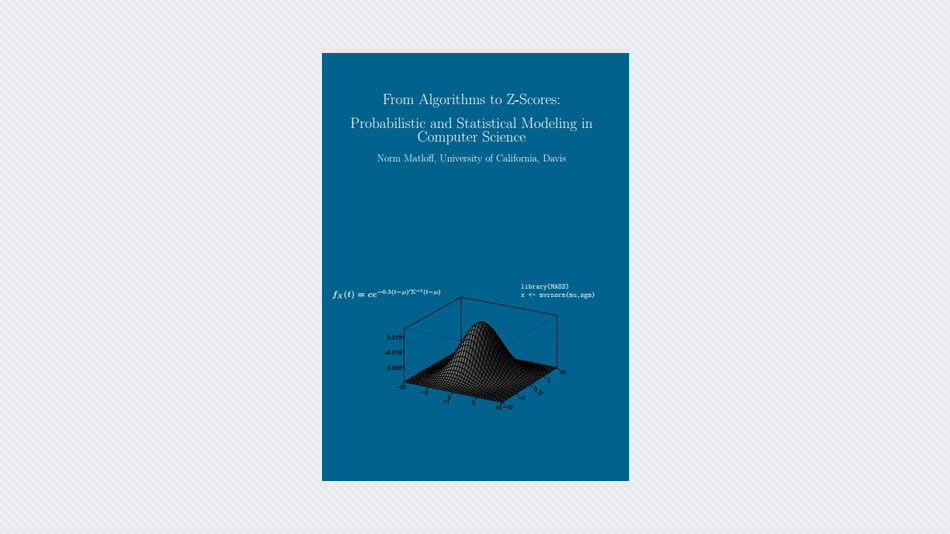Why is this book different from all other books on mathematical probability and statistics? The key aspect is the book’s consistently applied approach, especially important for engineering students.
The applied nature comes is manifested in a number of senses. First, there is a strong emphasis on intution, with less mathematical formalism. In my experience, defining probability via sample spaces, the standard approach, is a major impediment to doing good applied work. The same holds for defining expected value as a weighted average. Instead, I use the intuitive, informal approach of long-run frequency and long-run average. I believe this is especially helpful when explaining conditional probability and expectation, concepts that students tend to have trouble with. (They often think they understand until they actually have to work a problem using the concepts.)
On the other hand, in spite of the relative lack of formalism, all models and so on are described precisely in terms of random variables and distributions. And the material is actually somewhat more mathematical than most at this level in the sense that it makes extensive usage of linear algebra.
Second, the book stresses real-world applications. Many similar texts, notably the elegant and interesting book for computer science students by Mitzenmacher, focus on probability, in fact discrete probability. Their intended class of ‘applications’ is the theoretical analysis of algorithms. I instead focus on the actual use of the material in the real world; which tends to be more continuous than discrete, and more in the realm of statistics than probability. This should prove especially valuable, as ‘big data’ and machine learning now play a significant role in applications of computers.
Third, there is a strong emphasis on modeling. Considerable emphasis is placed on questions such as: What do probabilistic models really mean, in real-life terms? How does one choose a model? How do we assess the practical usefulness of models? This aspect is so important that there is a separate chapter for this, titled Introduction to Model Building. Throughout the text, there is considerable discussion of the real-world meaning of probabilistic concepts. For instance, when probability density functions are introduced, there is an extended discussion regarding the intuitive meaning of densities in light of the inherently-discrete nature of real data, due to the finite precision of measurement.




